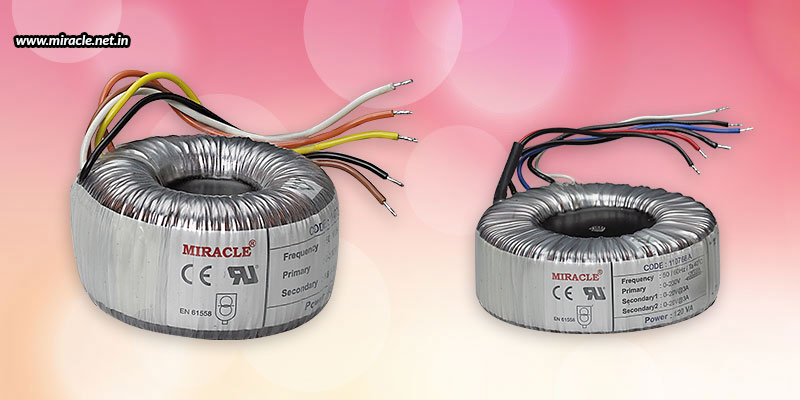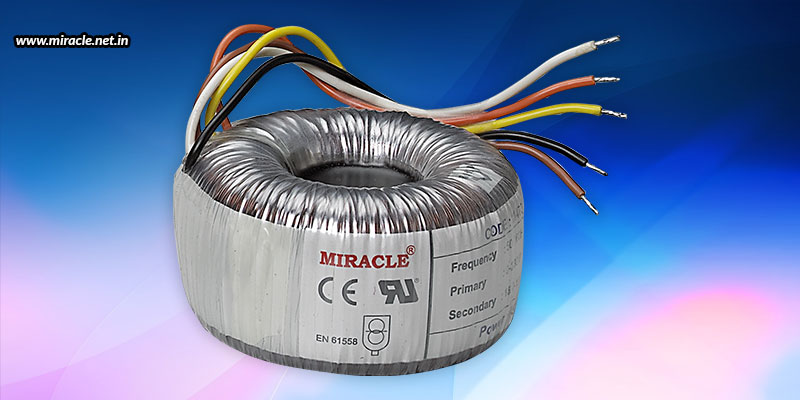While there are a number of high quality standard toroidal products available, many want to request customized designs for their specific applications. This is so because customized designs are specially tailored to meet the size, capacity, and performance required by the application, which means a perfect ideal fit.

When you’re looking for such customizable solutions, there are two ways you can work it out – first being where you provide with all the details and have the product only manufactured; the other being where you just convey your requirements and have the entire design-to-manufacture task taken care of by the manufacturer.
When you want to provide your own drawing
If you are the first sort, where you provide a specification or detailed drawing depicting all that you need within your transformer, it doesn’t mean that the drawing will be blindly followed. The manufacturer will first analyze the information, working on every detail, to see that the purpose of the transformer is served, without any chances of error. In case any such doubtful specification is seen, it will be brought to your notice, after which the required changes will be made. Only when both the manufacturer and the client are satisfied with the drawing, will the transformer be put into production.
When you want the entire process to be outsourced
If you’re not too sure about the specifications or drawings, you can have the entire process taken care of by a manufacturer. All you have to do is convey what your application is about, what purpose you want the transformer to serve, any specific environments the transformer will need to work in, any space constraints or other limitations, and the quantity and deadline. Once every such detail is conveyed by you, it becomes the duty of the manufacturer to design and manufacture the perfect toroidal product for you.
Do you want a prototype?
It’s absolutely alright if you want to see a prototype first, before putting the entire production into practice. Whether the design is made by you, or the manufacturer, you may be unsure of the outcome, and want to first look at a prototype. Manufacturers can use a software to create the plan for such a prototype, by inputting all the information on the drawing, and crafting a digital design of the product you need. This practice is a more accurate way of ensuring that the final product will be appropriate, and meet your specifications. Any adjustments required in the prototype are made, before moving on to manufacturing the complete project.
Where to get your toroidal transformers? Miracle Electronics’ highly-trained engineers oversee every step of the manufacturing process, right from designing to prototyping to production to testing. Only when the final product is proven to be effective, is it shipped to the client. With everything being done in-house, it saves on a lot of time that may otherwise be spent collaborating with different facilities. This not only avoids shipping delays, but also helps in carefully monitoring the entire manufacturing process. You’ll thus get toroidal transformers that enable the highest level of accuracy and reliability, meeting any regulatory requirements. So, when you need one-of-a-kind toroidal transformers for your applications, look no further than Miracle Electronics, where everything will be carried out within their ISO-certified facilities. Whether you’re in the manufacturing, medical, audio, energy, or any other industry, you can ensure that the final product is effective, efficient, reliable, and safe.
For more information, visit: https://www.miracle.net.in/





